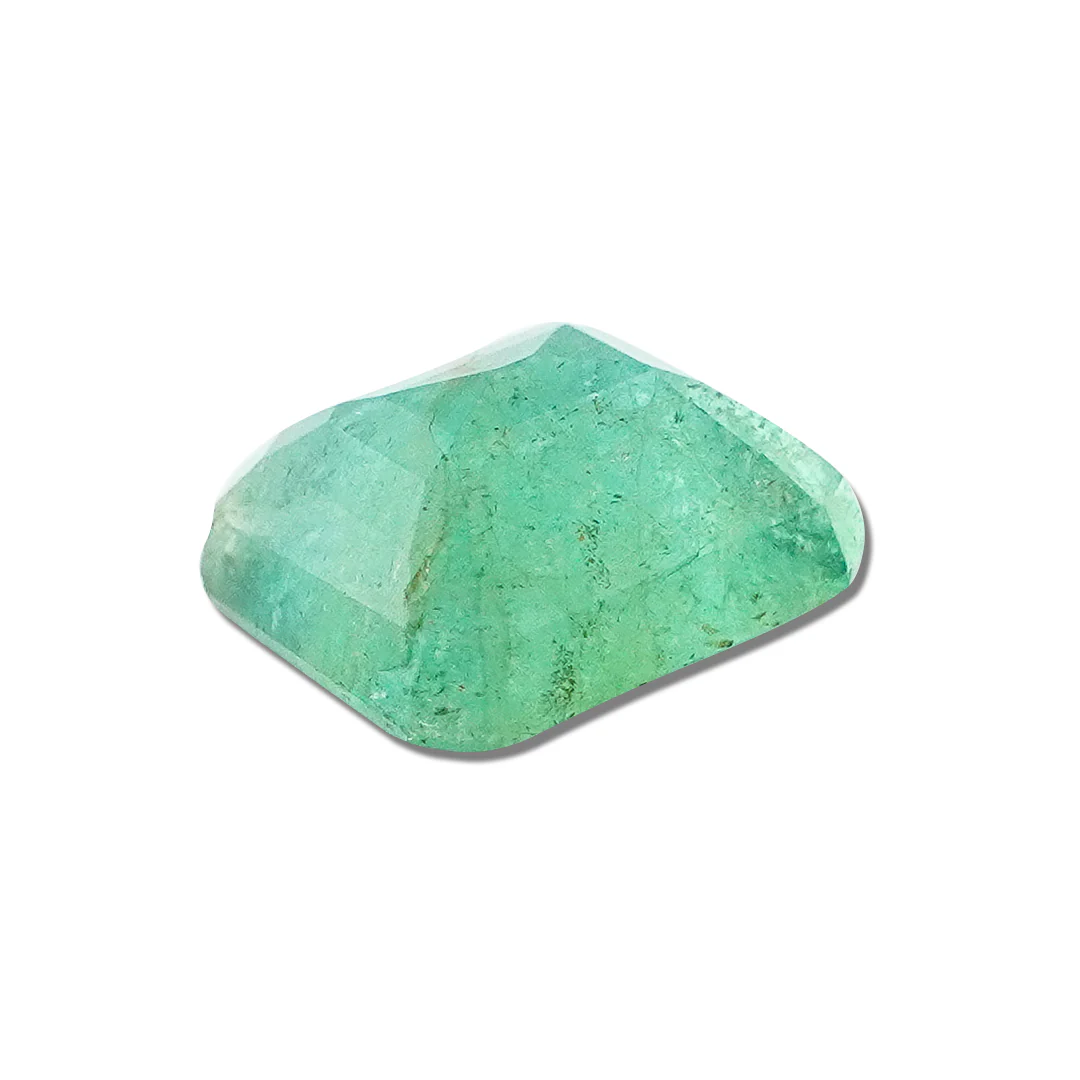Introduction to Mahabaleshwar Temple
Nestled in the coastal town of Gokarna, Karnataka, the Mahabaleshwar Temple stands as a testament to ancient Indian architecture and spirituality. This revered temple, dedicated to Lord Shiva, has been drawing pilgrims and tourists alike for centuries. In this blog post, we’ll explore the rich history, stunning architecture, and spiritual significance of the Mahabaleshwar Temple in Gokarna, Karnataka.

Read article on: Madhukeshwara Temple
Location and Accessibility
The Mahabaleshwar Temple is located in the heart of Gokarna, a small town in the Uttara Kannada district of Karnataka, India. The temple’s address is:
Mahabaleshwar Temple
Main Road, Gokarna
Uttara Kannada, Karnataka 581326
India
Gokarna is well-connected by road and rail. The nearest airport is Dabolim Airport in Goa, about 140 km away. From major cities like Bangalore, Mumbai, and Mangalore, you can reach Gokarna by bus or train. Once in Gokarna, the temple is easily accessible on foot or by auto-rickshaw.
Historical Significance
The Mahabaleshwar Temple has a history that spans over a millennium. According to Hindu mythology, this is the site where Lord Shiva emerged from the ear of a cow (Go-Karna). The temple’s origins are believed to date back to the 4th century CE, with mentions in ancient texts like the Shiva Purana.
Legend has it that the temple houses the Atmalinga, a powerful symbol of Lord Shiva, which was given to Ravana by Lord Shiva himself. The story goes that Ravana was tricked into placing the Atmalinga on the ground, where it became firmly rooted, forming the basis for the temple.
Over the centuries, the temple has undergone several renovations and expansions, with contributions from various dynasties that ruled the region, including the Kadambas, Chalukyas, and Vijayanagara Empire.
Architectural Marvel
The Mahabaleshwar Temple is a fine example of Dravidian architecture, showcasing intricate carvings and impressive structures. The temple complex consists of several interconnected shrines and halls, each with its unique features:
- Main Sanctum: The heart of the temple houses the Atmalinga, partially buried in the ground. The sanctum is relatively small, creating an intimate atmosphere for worshippers.
- Outer Walls: The temple’s exterior walls are adorned with intricate carvings depicting various Hindu deities and mythological scenes.
- Gopuram: The temple tower, or gopuram, rises majestically above the main entrance, featuring elaborate sculptures and vibrant colors.
- Nandi Mandapa: In front of the main shrine, you’ll find a mandapa (hall) housing a large statue of Nandi, Lord Shiva’s faithful bull.
- Water Tank: The temple complex includes a sacred water tank, used for ritual bathing before entering the main shrine.
The architectural style blends elements from different periods, reflecting the temple’s long history and the influence of various ruling dynasties.
Deities and Worship
The primary deity of the Mahabaleshwar Temple is Lord Shiva, worshiped in the form of the Atmalinga. However, the temple complex also houses shrines dedicated to other deities:
- Lord Ganesha
- Goddess Parvati
- Lord Vishnu
- Goddess Saraswati
Devotees visit the temple to seek blessings, perform rituals, and participate in daily pujas (worship ceremonies). The temple is particularly significant for those seeking to perform ancestral rites, as Gokarna is considered one of the seven important Hindu pilgrimage sites for such ceremonies.
Festivals and Celebrations
The Mahabaleshwar Temple in Gokarna, Karnataka, comes alive during various festivals throughout the year. Some of the major celebrations include:
- Maha Shivaratri: This festival, usually falling in February or March, is the most important celebration at the temple. Thousands of devotees gather for all-night prayers, chanting, and special rituals.
- Kartik Pournima: Celebrated in November or December, this full moon day sees the temple decorated with lights and flowers, with special pujas performed.
- Gokarna Ashtami: This annual festival, typically in February, commemorates the installation of the Atmalinga in the temple.
- Ganesh Chaturthi: The birth of Lord Ganesha is celebrated with great fervor, usually in August or September.
- Navaratri: This nine-night festival honoring the divine feminine is observed with special pujas and cultural programs.
During these festivals, the temple is beautifully decorated, and special rituals are performed. Visitors can experience the vibrant atmosphere and participate in the celebrations, gaining a deeper understanding of local traditions and beliefs.
Visiting Hours and Best Time to Visit
The Mahabaleshwar Temple is open to visitors throughout the year. The temple timings are:
- Morning: 6:00 AM to 12:30 PM
- Evening: 5:00 PM to 8:00 PM
It’s important to note that the temple may close for a short period in the afternoon for cleaning and maintenance.
The best time to visit the Mahabaleshwar Temple depends on your preferences:
- For Spiritual Experience: Early morning (6:00 AM to 7:30 AM) is ideal for a peaceful darshan and to witness the morning rituals.
- For Photography: The golden hour just after sunrise or before sunset offers beautiful lighting for capturing the temple’s architecture.
- For Festivals: Plan your visit during major festivals like Maha Shivaratri or Gokarna Ashtami for a vibrant cultural experience.
- Weather-wise: The most comfortable time to visit Gokarna is from October to March when the weather is pleasant. However, the monsoon season (June to September) lends a unique charm to the coastal landscape.
Arti Timings and Rituals
The Mahabaleshwar Temple follows a daily schedule of rituals and artis (ritual of worship). The main Aarti timings are:
- Morning Arti (Kakad Arti): 5:30 AM
- Afternoon Arti (Madhyana Arti): 12:00 PM
- Evening Aarti (Sandhya Arti): 7:00 PM
- Night Arti (Shayan Arti): 8:00 PM
During these artis, devotees can participate in the worship, offering flowers, incense, and prayers. The priests perform elaborate rituals, chanting mantras and offering various items to the deity.
Apart from the daily artis, special rituals are performed on specific days:
- Rudrabhisheka: This ritual, involving the bathing of the Shiva Linga with milk, curd, ghee, honey, and water, is performed every Monday.
- Bilva Archana: Offering of Bilva leaves to Lord Shiva is a common practice, especially on Mondays and during Shravan month.
- Abhisheka: Devotees can sponsor special abhishekam (ritual bathing of the deity) by making arrangements with the temple authorities.
It’s advisable to check with the temple authorities for any changes in timings or special rituals during your visit.
Nearby Attractions
While the Mahabaleshwar Temple is the main attraction in Gokarna, there are several other places of interest nearby that visitors can explore:
- Om Beach: A beautiful beach shaped like the Om symbol, perfect for relaxation and water activities.
- Kudle Beach: A serene crescent-shaped beach, ideal for swimming and sunbathing.
- Mirjan Fort: A 16th-century fort located about 22 km from Gokarna, offering insights into the region’s history.
- Murudeshwar Temple: Another famous Shiva temple with a massive statue of Lord Shiva, located about 80 km from Gokarna.
- Gokarna Beach: The main beach of the town, known for its religious significance and scenic beauty.
- Maha Ganapati Temple: An ancient temple dedicated to Lord Ganesha, located near the Mahabaleshwar Temple.
- Koti Tirtha: A sacred tank where pilgrims take a ritual bath before visiting the main temple.
These attractions can be combined with your visit to the Mahabaleshwar Temple for a comprehensive experience of Gokarna’s spiritual and natural beauty.
Tips for Visitors
To make the most of your visit to the Mahabaleshwar Temple in Gokarna, Karnataka, consider the following tips:
- Dress Code: Dress modestly, covering shoulders and knees. It’s advisable to wear easily removable footwear as shoes are not allowed inside the temple.
- Photography: Photography is generally not allowed inside the main sanctum. Check with temple authorities for areas where photography is permitted.
- Offerings: You can purchase flowers, coconuts, and other offerings from shops near the temple entrance.
- Guides: Consider hiring a local guide to learn more about the temple’s history and significance.
- Queues: Be prepared for long queues, especially during peak hours and festival times.
- Respect Local Customs: Observe silence in the main shrine and follow instructions given by temple staff.
- Explore the Town: Take time to walk around Gokarna town and experience its unique blend of spirituality and beach culture.
- Stay Options: There are numerous accommodation options in Gokarna, ranging from budget guesthouses to luxury resorts.
- Local Cuisine: Try the local Karnataka cuisine, especially the seafood dishes, at restaurants near the temple.
- Combine with Beach Visit: Plan your temple visit in conjunction with a trip to one of Gokarna’s famous beaches for a balanced experience.
For astrology videos visit at: Acharya Ganesh
Conclusion of Mahabaleshwar Temple
The Mahabaleshwar Temple in Gokarna, Karnataka, offers a unique blend of spiritual significance, architectural beauty, and historical importance. Whether you’re a devout pilgrim, a history enthusiast, or a curious traveler, this ancient temple provides a glimpse into India’s rich cultural heritage. From its mythological origins to its continued relevance in modern times, the Mahabaleshwar Temple stands as a testament to the enduring spirituality of India.






























